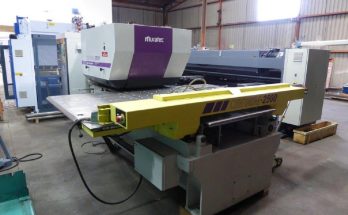Rendering has evolved from an industry long reserved for computer geeks to a fast expanding one that includes artists, architects, engineers, and developers. Real time Rendering can make or break a company’s competitive advantage. Companies can create 3D prototypes of their products with the use of this technology. These high-quality 3D models are effective in attracting a large number of customers and investors since they can demonstrate the potential of the products.
Introduction to Real-time Rendering
Rendering is the process of generating a picture, a scene, or a model from a description. This could take a few milliseconds or several hours of work. Real-time Rendering creates animations instantly and quickly, sometimes within a second. This is a sub-type of computer graphics that analyzes and generates visuals in real time.
How Real-Time Rendering Works?
Computers use real-time 3D Rendering to create photo-realistic models. Real-time renderings are measured in frames per second (fps), as opposed to static image rendering tools, and typically range from 24 fps to 60 fps based on the user’s needs. The three conceptual stages of the real-time rendering pipeline are the application stage, the geometry stage, and the rasterizing stage.
The designer can receive audio-visual feedback from real-time Rendering. The client can enter the model scenario and stroll through the design from any viewpoint or angle. Real-time visualization shows light intensity and color, materials, and shadow differences.
Industries That Are Using 3D Rendering
This method has a wide range of applications in a variety of industries, such as-
Architecture
This is called architectural Rendering, where artists can add profundity to their art form and make it eye-catching. The architectural model depicted by real-time Rendering shows the clients how it will look in a real-life environment.
Marketing
Presentation is everything in marketing. Marketers can present almost anything in such a lifelike way where all the features are highlighted graphically. Since various people process different things in non-identical ways, real-time Rendering helps marketers to reduce the scope of discrepancies, making the product marketable to the broadest target demographics.
Construction
Large, complex blueprints were once necessary for construction projects. These days, computer software performs most of the labor-intensive tasks through rendering technology. This allows scaling, presenting, or exploring the designs with real-life replication of the concept.
Real Estate
3D Rendering is an important advertising tool in real estate. Realty agents can create elaborate visuals for presentations showcasing all of the subtle features and enhancing the design’s value. This immersive presentation helps in quickly converting a prospect into a client.
Healthcare
Medical experts use image rendering for a wide range of purposes, including planning surgical procedures, diagnosing patients, and mapping out the human anatomy.
Manufacturing
Manufacturing executives can use 3D Rendering to see the prototype in all its splendor and examine if it will work or not. Prototype creation, customization, and modification, as well as several marketing uses, all include the application of 3D Rendering.
Video Games
Today’s gaming industry largely depends on real-time 3D Rendering. It is a common feature of almost all three-dimensional video games.
Conclusion
Real-time 3D Rendering has become the cornerstone of all global industries. This is mainly because many old industries have gone digital as a result of the digital revolution, which is slowly approaching its peak. Beyond those mentioned above, there is a multitude of other sectors and fields that can benefit from 3D real time Rendering.




